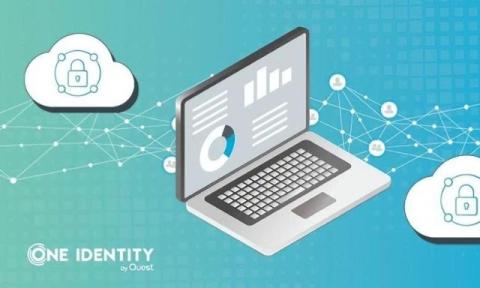Behavior Driven Governance
There’s an unfortunate truth about applications and access in the enterprise. Many applications are underutilized. This means patches and updates can fall down the to-do list of already-stretched IT service desks. Naturally, this increases the vulnerabilities – and opportunities for attackers. Risks are compounded when many users retain access they no longer need, especially when it’s access to the most critical and sensitive resources.











